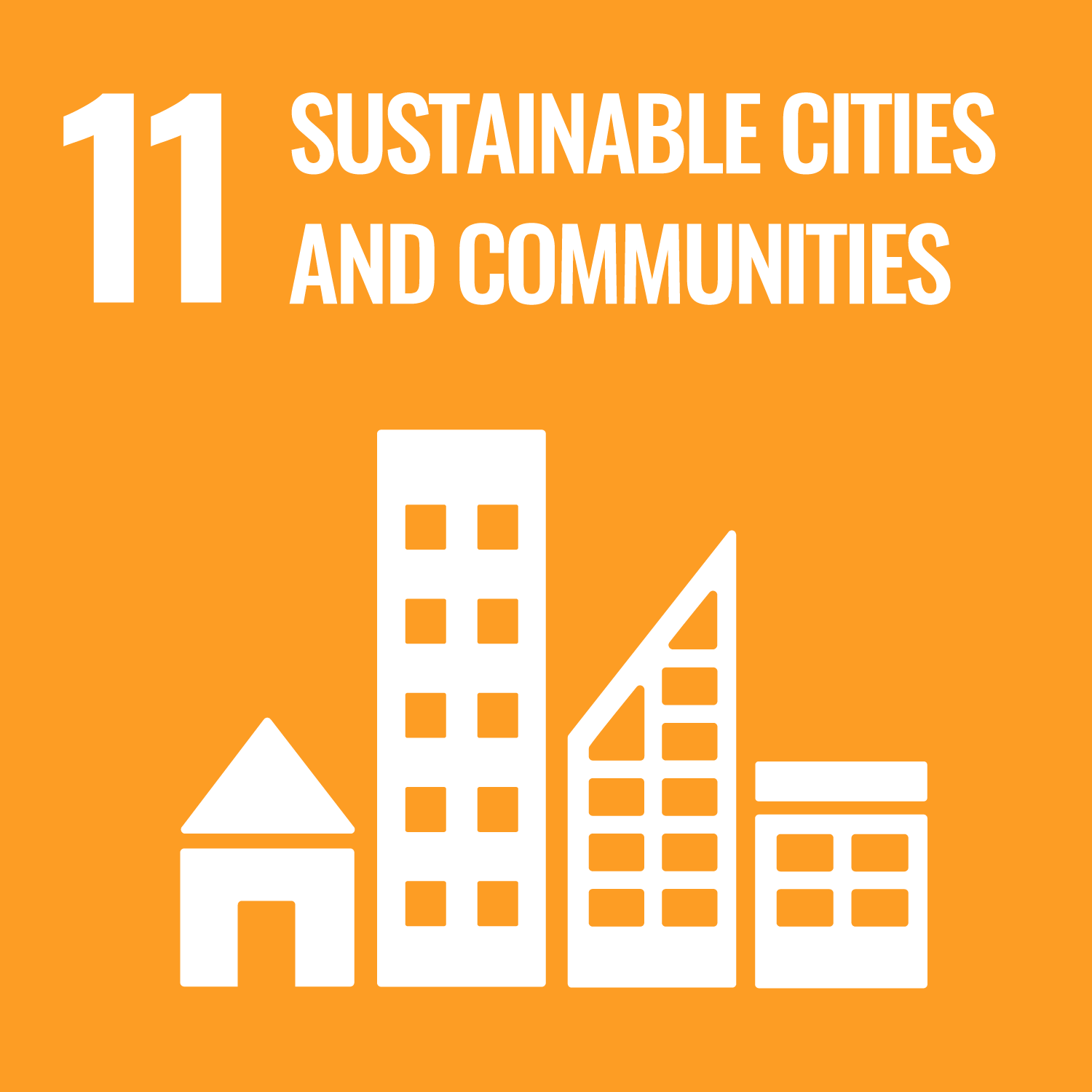ORCID
- Sheena Asthana: 0000-0002-1483-2719
- Alex Gibson: 0000-0003-2761-2819
Abstract
Coastal communities have received little attention in the public health literature, perhaps because our mental maps tend to associate socio-economic deprivation and health inequalities with inner cities. Mapping a range of key health indicators at small area level, this paper reveals a distinct core-periphery pattern in disease prevalence, with coastal communities experiencing a high burden of ill health across almost all conditions included in the Quality and Outcomes Framework dataset. Other sources suggest poor outcomes for children and young people living in coastal areas. Low rates of participation in higher education contrast with high rates of hospitalisation for self-harm, alcohol and substance use. Reflecting a shift in the distribution of children living in poverty since the 1990s, this may be an early indicator of a future public health crisis in these communities. Exploring reasons for the health challenges facing the periphery, this perspective piece calls for more public health research that can accommodate the complex and interlinked problems facing coastal communities and a more concerted effort to align public health with economic, education, local government and transport policies at the national level.
DOI Link
Publication Date
2021-05-13
Publication Title
Journal of Public Health
ISSN
1741-3842
Acceptance Date
2021-04-10
Deposit Date
2021-09-20
Embargo Period
2021-09-21
Recommended Citation
Asthana, S., & Gibson, A. (2021) 'Averting a public health crisis in England’s coastal communities: a call for public health research and policy', Journal of Public Health, . Available at: 10.1093/pubmed/fdab130




